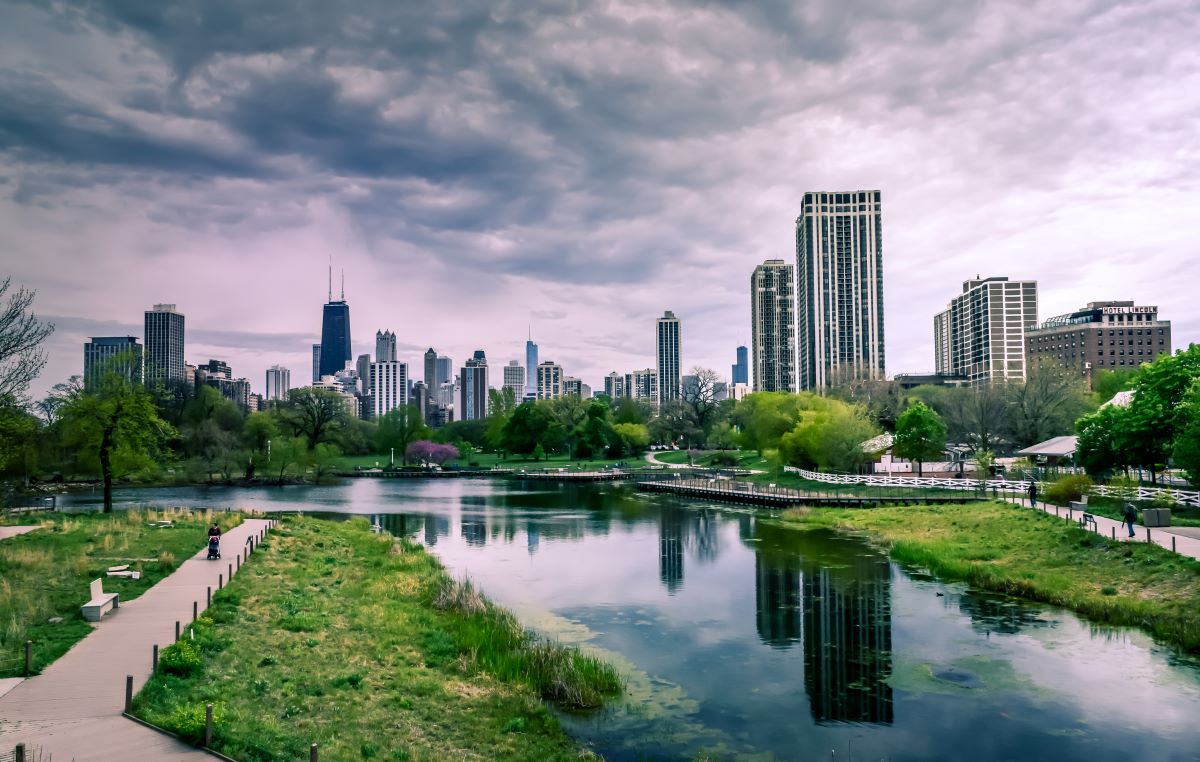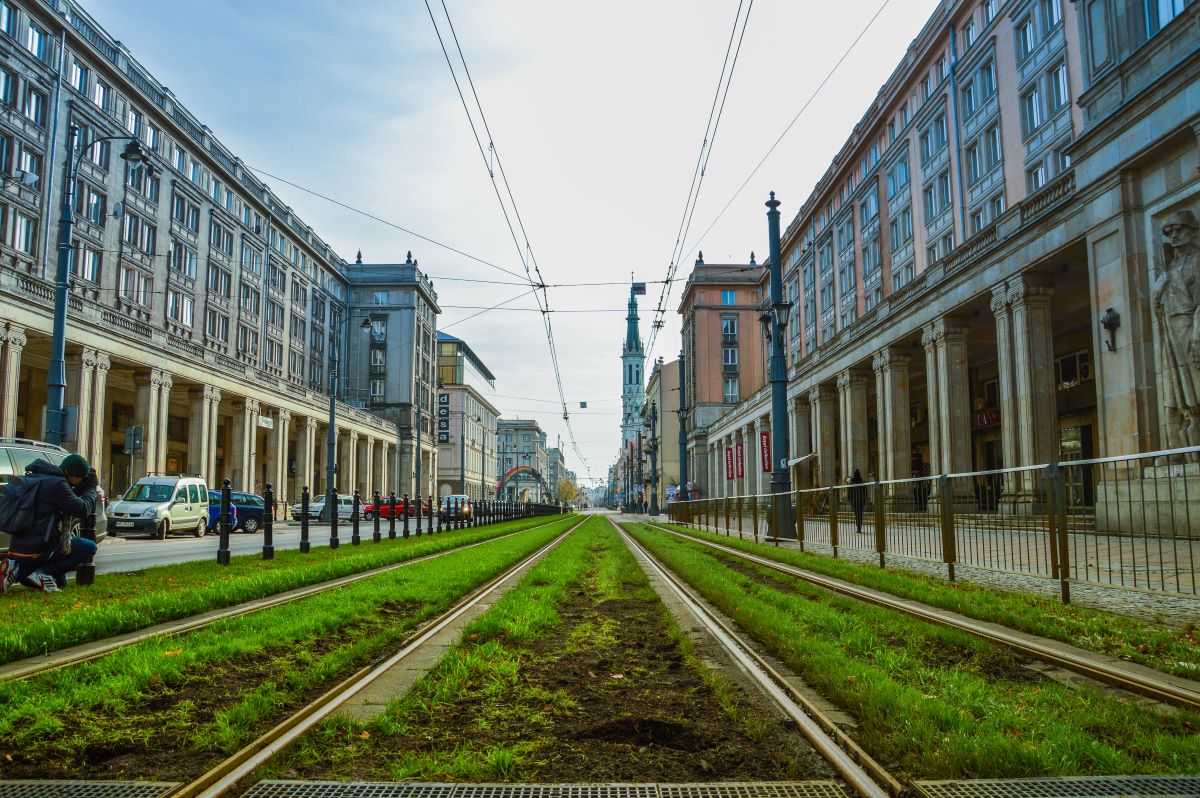Cities will need to reconsider their systems and their environmental implications as more people move into urban areas and environmental challenges become more urgent.

Globally, numerous cities have already understood the benefits of green spaces, and some trends are beginning to develop. Future sustainable cities will build on them, going beyond the environmental practices used now.
What are the benefits of green spaces?
Green spaces offer numerous benefits, some of which we will be looking at below.
Benefits of mental health
There are lots of health benefits of green spaces in the living environment. We can observe growth in our garden. People need to relax, interact with others, and breathe in the fragrance of flowers and plants. It's frequently compared to therapy.

More than just a nice view, landscaped traffic islands, street trees, and garden spaces successfully relieve tension by fostering a sense of tranquillity.
According to studies, people who are stressed feel better after being in natural settings. Green environments thereby lessen occurrences of aggressiveness and violence.
Physical advantages
Studies conducted all around the world have demonstrated the health benefits of green spaces in the living environment. Cities with a lot of parks fight against diabetes and obesity.
According to recent studies from the Netherlands and Japan, people who had easy access to green space had better health and reduced death rates. even the smallest connection with nature, such as seeing it from a window, can lower blood pressure and stress.
Increased productivity at work
Green spaces enhance employee morale and productivity in the workplace. A glimpse of nature, whether it be through a window, a picture frame, or indoor plants all around them, has been shown in studies to make desk employees feel more at ease overall, while those who cannot see plants experience the most stress and worry.
Safer driving
By lowering drivers' exhaustion, rage, hostility, fear, and stress, vegetated roadsides may also help society. According to research that used videotapes to mimic different densities of vegetation along the roadside, parkway architecture and roadside greenery help drivers feel less frustrated.
Read more: The roots of a sustainable future: integrating trees into a circular economy
How to create green spaces in cities

People frequently do not have access to green places close enough to their homes, preventing them from reaping the health benefits.
Cities in Europe should prioritize reclaiming urban land for green space, implementing nature-based solutions like green roofs and vertical gardens, green schoolyards, green corridors, street trees, pocket parks, community gardens, and other measures like rerouting traffic and removing asphalt to make way for green space everywhere. Accessible and nearby green spaces are therefore crucial for residential areas.
Read more: Green infrastructure: how nature can improve urban living
Grow a green building
The structures lack visual appeal and might not have any beneficial influence on the environment. Animals will flock to green spaces, which will also help the environment by spreading oxygen in the air.
Greening, the city will be aided by the addition of greenery on rooftops and balconies. Even the psychological benefits of green spaces in cities are beneficial to individuals.
Garden of the community
The world has lost its essence since there are concrete structures on every corner of the street and no green places in human communities.
Community parks, which serve as interactive gathering spots for neighbours to connect and spend time together, can be advantageous in every culture.
Smart policies for energy
By implementing smart energy policies, your city can gain the benefits of green spaces in cities. While producing power, renewable energy sources do not pollute the environment with toxic gasses.
Solar panels installed on the roof, energy produced by wind and water, and energy produced by biodegradables all contribute to maintaining a sustainable environment and helping the local populace.
City forestry
By caring for the urban plants and managing the tree populations, the environment should improve and the city is kept green. also, the quality of the air in the area. Urban plants are a practice that can assist both people's mental health and city wildlife in the hectic urban environment.
Advanced public transportation
Car transportation has become highly widespread around the world, causing traffic and releasing toxic pollutants into the atmosphere, which also has an influence on human health and disrupts city life.
The impact of personal transportation in the city is also enhanced by fewer trees there. Integrating effective public transportation minimizes gas emissions into the environment and speeds up travel times due to little traffic.
Read more: Top 10 cities with the most trees
Conclusion
The reasons for creating green spaces in cities are numerous, and many of them can be seen as a benefit to economic growth as well.
As urban areas begin to grow, and the challenge of meeting all the needs of its citizens grows more challenging, Green spaces are an invaluable part of a sustainable city.
They provide physical, mental, and environmental benefits for citizens, and the movement to create greener cities is increasing in concert with the efforts of aid organisations worldwide.
Doing so will allow cities to function more effectively while helping us continue on our path toward a better planet.







